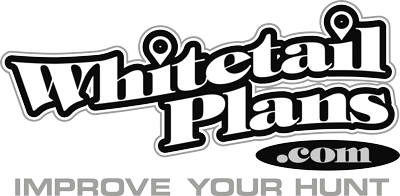Bartylla on reading Deer Tracks
This one is simple. If one pays attention to deer tracks, they can often give us valuable intel, but you actually have to pay attention to them to reap their benefits.
Wondering if the bedding area you just found is a family group or buck bedding area? Sure, you check for varying sized depressions, indicating a family group vrs 1 or 2, larger, similarly sized depressions indicating a buck bedroom. Add in various sized tracks or just overly large tracks and it’s another indication.
You find a fresh scrape and are wondering if the Mr. Big you’re chasing made it. Check the track size. No, every mature buck doesn’t have huge tracks. Their track sizes vary just like humans’ shoe sizes. That said, how many women or young kids do you know that have size 12 shoes? How many adult males do you know that wear size 6s? There will be exceptions, but mature bucks certainly have the tendency to have large tracks.
Speaking of various sized tracks, if you setup a cam in a location where the deer will leave tracks, get a pic of a buck you are after and you can measure the width & length of the track, as well as note any abnormalities in those you can find. Yes, each hoof will be worn differently from the others. Because of scraping and pawing, the front hooves will very, very likely be more rounded than the back. Still, they’ll be fairly close to the same sizes. You just got a pretty accurate set of finger prints. Nearly anywhere that deer steps in dirt, you can now track him, IF you pay attention.
Now you can start playing some serious games. Want to know if Mr. Big is using “that” food source, make a few mock scrapes and check them for tracks. Sure, you can use scout cams, but not everyone has enough cams and there are places one may not want to use them (public or other high theft risk grounds).
Want to know if he is bedding on the ridge or in the swamp? Go to where the trail he uses to enter to food source splits, where one is heading to the ridge, with the other to the swamp. Just up from the split, use a garden rake and create 3′ long dirt patches in each. Return a couple days later and your answer is likely waiting for you in the tracks.
Want to know if the deer are using the trail going between bedding to feeding in the AM, PM or both? Check the tracks. If most are heading to the bedding, it’s more of an AM trail. If most are pointed towards the food, we’re looking at an afternoon setup. A fairly equal representation of both obviously indicates that the trail is often used in both the AM & PM.
As always, be creative, think outside the box and use your mind as your most powerful weapon. Do that and all sorts of doors open up.

